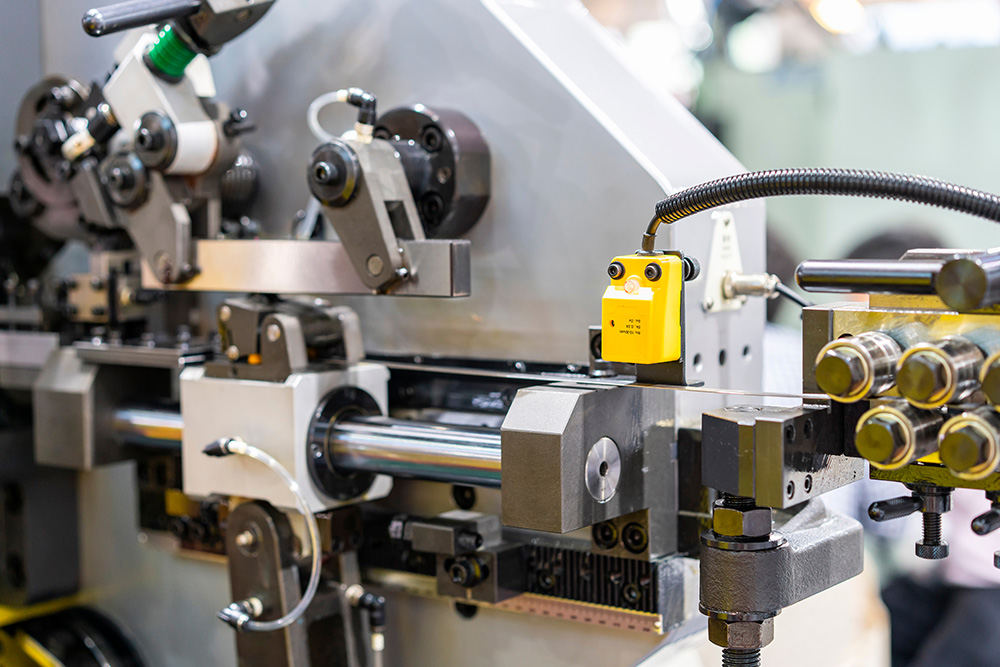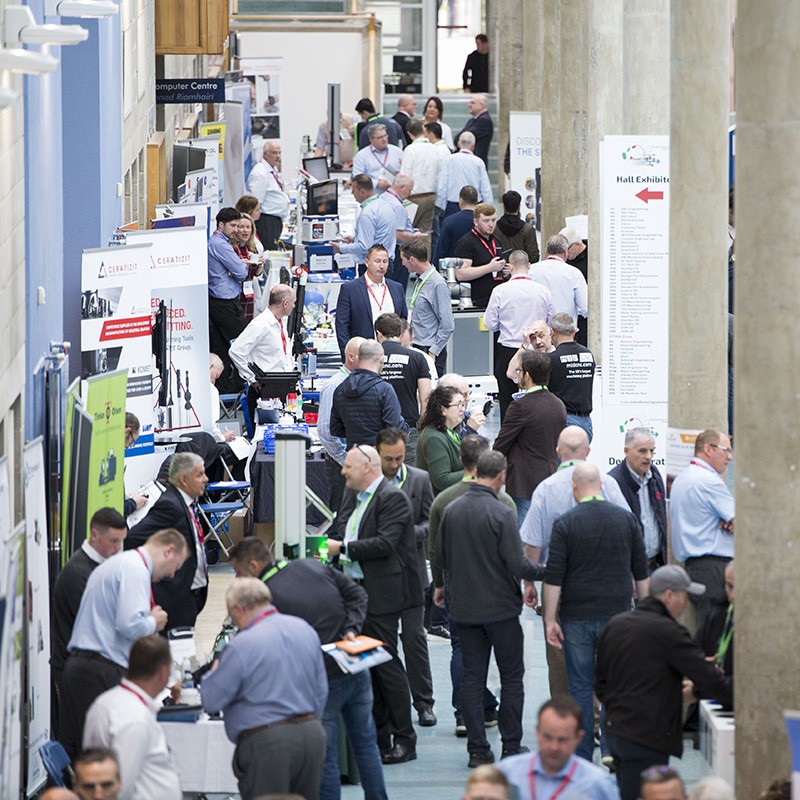GTMA Member Services
We provide a range of services to support our focus sectors. Many of our services are available exclusively to members, however, we also provide a range of services to non-members and affiliates.
If your business works in or around our focus sectors, please consider joining the GTMA. Find out more here.





